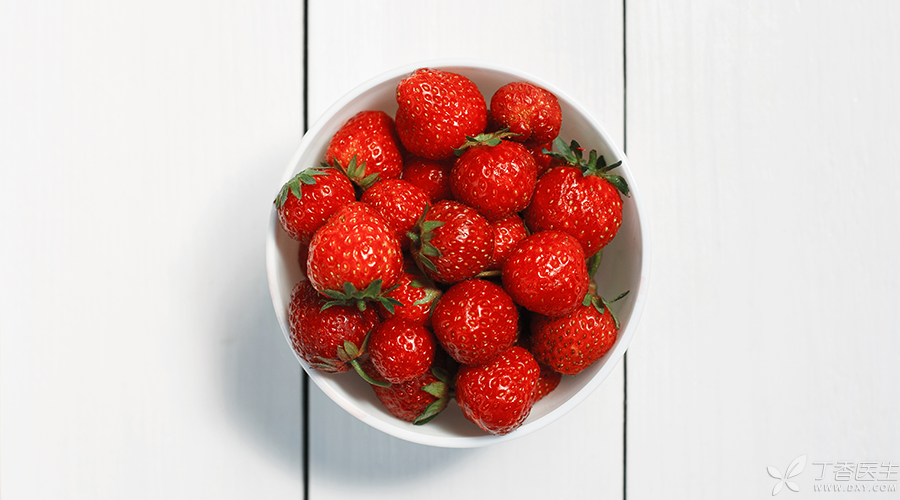
Strawberries are everywhere in the season when strawberries come on the market.
The imaginary strawberry should be of moderate size, regular shape and bright color. In short, it is good-looking.
However, most of them are either [white buttocks] or [big heads].
So, whose pot are these strawberries with low color value? Hormones or genes?
Don’t worry, Dr. Clove.
Is strawberry high in nutrition?
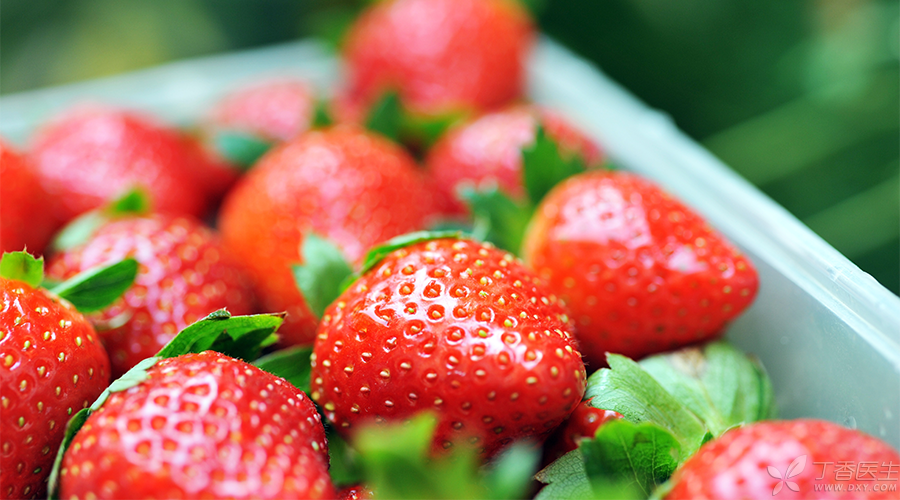
Strawberries have a huge family with unimaginable varieties (hundreds).
Common in the market mountains are beauty, sweet Charlie, All-Star, Fengxiang, etc. Most people are most fond of beauty.
There is little difference in nutritional value between different varieties of strawberries, which are rich in vitamin C and bioactive ingredients.
- The content of vitamin C is only second to that of fresh jujube, kiwi fruit and hawthorn, higher than that of apples, pears, oranges, grapes, etc. Bioactive substances are rich in content, such as polyphenols, flavonoids, anthocyanins, etc., and their antioxidant capacity is 2-11 times that of apples, peaches, pears, tomatoes, oranges and kiwifruits.
Therefore, eating more strawberries is beneficial to the health of cardiovascular and cerebrovascular diseases and delaying aging.
Is strawberry big because of puffing agent?
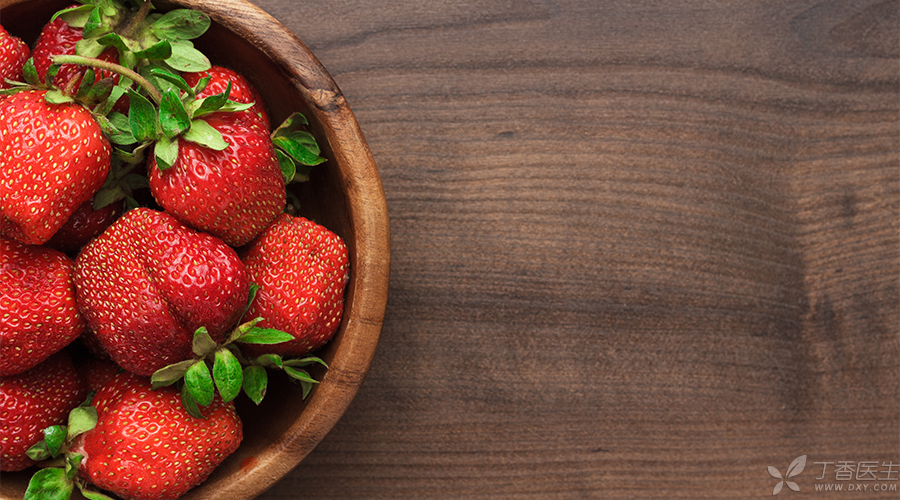
Probably.
Strawberry size is affected by varieties, ambient temperature, soil fertility, growth time and other factors.
Although the swelling agent does make strawberries bigger, it is really wrong to say that it is harmful to human body.
The first thing to clarify is that swelling agent cannot work on animals, and long-term use has also proved that it is harmless to human body.
Therefore, don’t believe that ripening strawberries will make children mature early.
The only disadvantage of using swelling agent is that it will make the taste of strawberries worse, because swelling agent will promote the rapid growth of plants, shorten its growth cycle, and make strawberries hollow and lighter in sweetness.
Is strawberries ugly because of hormones?
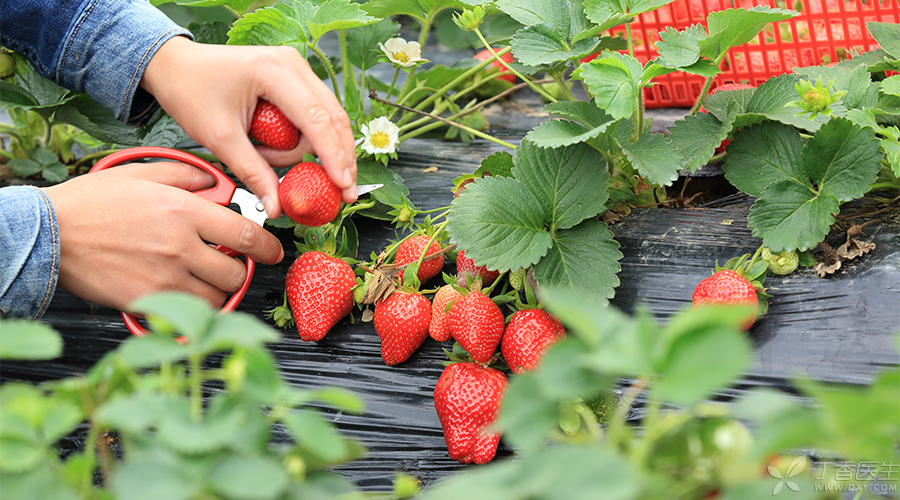
No, it’s not.
In a society where beauty is justice, ugly strawberries are indeed more likely to be rejected.
But in fact, what we are really afraid of is hormones.
Hormones do increase the deformity rate of strawberries. Don’t panic first. This hormone is the swelling agent we have just learned. It does not act on human body and will be slowly degraded during the growth of plants.
In addition, the cause of strawberry deformity also has environmental effects.
- Strawberries planted in greenhouses will be deformed due to low temperature, high humidity and insufficient sunlight. Poor ventilation caused by few pollinating insects and high cultivation density, and medication at flowering and small fruit stages will also lead to strawberry deformity.
In addition to the shape deformity is regarded as the addition of hormone, abnormal color is also mistaken for hormone.
This kind of strawberry is not red and white near the pedicle, also known as [white butt strawberry].
The process of strawberry turning red starts from the head close to the sun and ends with the pedicle.
If you wait until the pedicle is red before picking, the strawberry head is often overripe and difficult to preserve.
Therefore, witty fruit growers started picking before the pedicles were red, and white-buttoned strawberries appeared.
In a word, deformed strawberries that meet the national standards and are listed on the market have no safety problems, and there is little difference in nutrition. If they continue to struggle, they will be bought by others.
In addition to the panic caused by abnormal color, fading will also occur, and related rumors will follow.
Is strawberry faded because of dyeing?
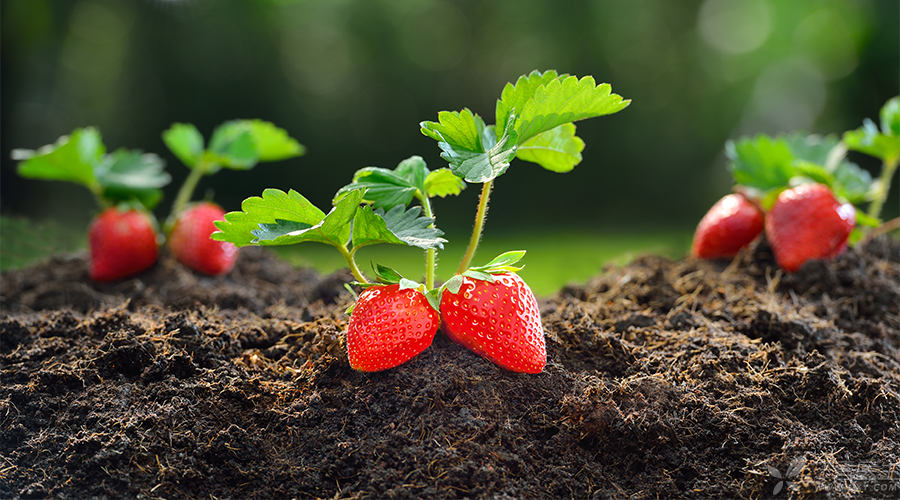
No, it’s not.
Anthocyanin in strawberries is a kind of water-soluble natural pigment. When strawberry tissues are damaged, cleaning strawberries will cause color fading.
This kind of phenomenon is normal, just like cleaning damaged blueberries or mulberries will fade.
Real synthetic pigments have strong coloring power, so they are not so easy to fade.
Therefore, don’t make a fuss next time you wash strawberries.
Attached is some intimate advice on strawberry selection:
Remember a principle, to choose bright color, full particles, the whole strawberry bright red and even, pedicle head leaves bright green, no white spots or gray spots, in the following circumstances, immediately discard:
- The white or green color of the pedicle indicates that the fruit is not ripe. The grains are not full or the leaves are withered, indicating that they are not fresh. If there are white spots or gray spots, there is a disease.
